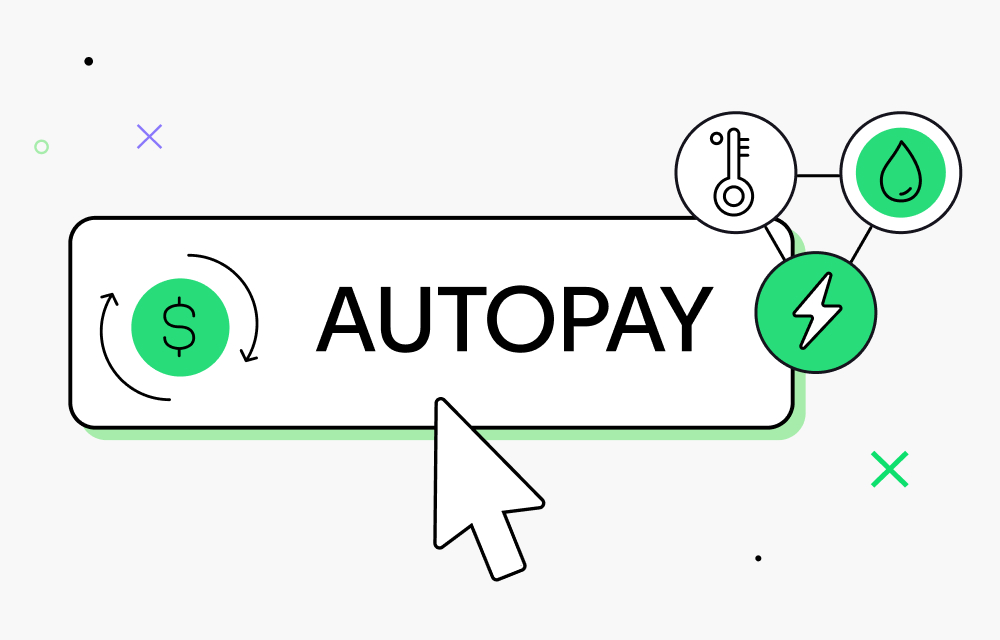Open Banking, explained
Make or receive online payments directly from your bank account. Just sign in to your bank from the merchant’s site/app in a snap. No app to download, no manual entries, no account to create.

What is Open Banking?
Open Banking is a secure way for consumers to share their financial information with merchants or service providers via secure application programming interfaces (APIs). By giving merchants secure, regulated access to select financial information, consumers can utilize their data to make payments directly from their bank accounts. Financial data, like balance history, identity information, etc., can make financial services faster and more convenient.
For a comprehensive breakdown of Open Banking terms, check out the Trustly Open Banking Glossary.
Read moreOpen Banking’s Value

Lower payment processing costs
Open Banking enables account-to-account payments, reducing costly swipe fees associated with card schemes.
Improve the customer experience
By leveraging a simple and safe UX, with no account registration, merchants can improve payment conversion and deliver streamlined financial services.

Harden data security
Strong consumer authentication is inherent to Open Banking, significantly reducing fraudulent activities.

Personalize financial experiences
By accessing real-time, accurate financial data from consumer bank accounts, merchants can better tailor their financial products and services.
How it works
With Open Banking, third-party providers connect with banks via APIs. The third-party provider (Trustly) establishes consumer consent to retrieve financial data from consumer bank accounts. Rules established by third-party providers tell the API to extract specific data according to the use case: initiate account-to-account payments or facilitate financial services.
%201.svg)
%201.svg)
%201.svg)
%201.svg)
%201.svg)

Open Banking by the numbers
Trustly and Open Banking
Since 2008, Trustly has remained committed to the global expansion and adoption of Open Banking. As a leading Payment Service Provider, we remain committed to the opportunity Open Banking affords merchants and consumers. Trustly has been a driving force for Open Banking in Europe and is continuing the momentum in the United States and Canada.
Our digital account-to-account platform allows consumers to pay for purchases by signing into their bank accounts, bypassing the card networks. We leverage APIs to establish industry-leading banking connectivity and deliver a complete solution that includes payments, KYC, underwriting, instant payouts, identity verification, and more.







